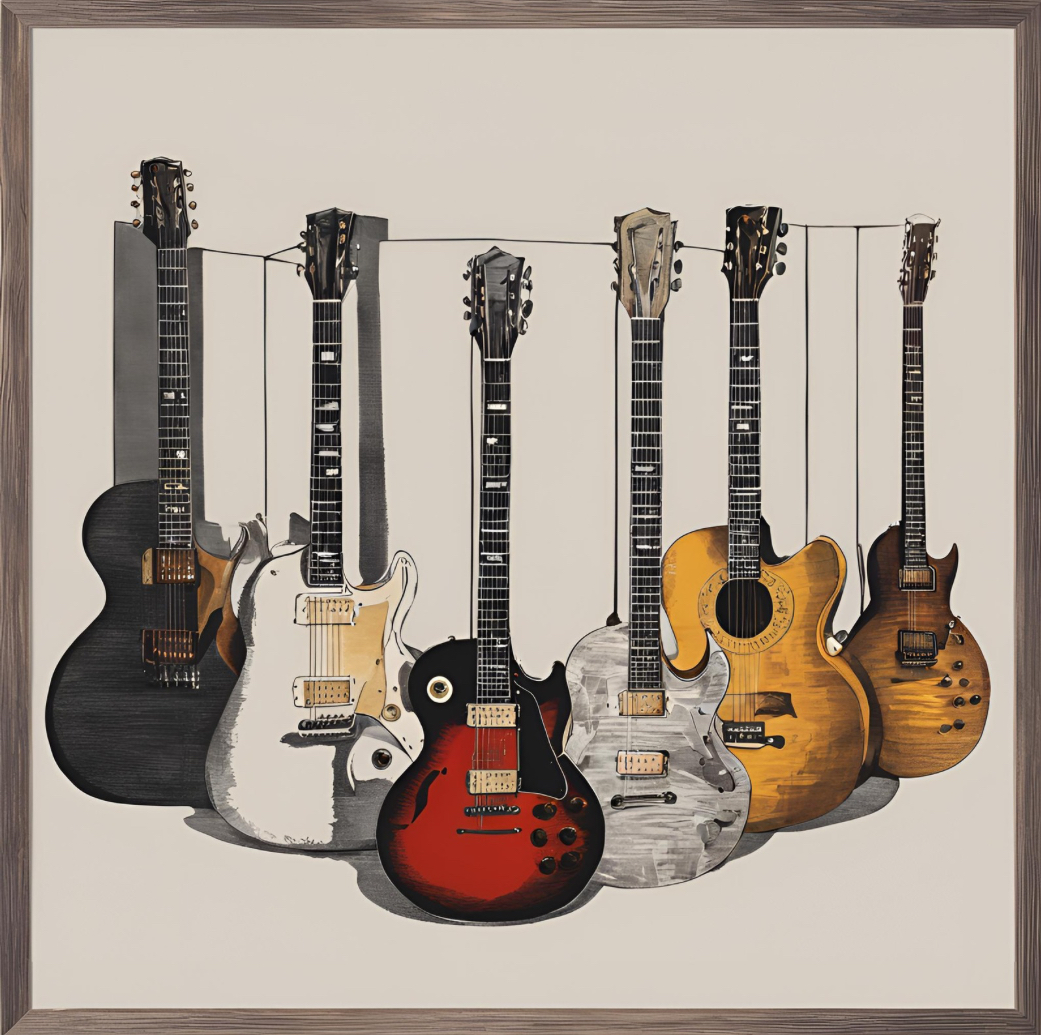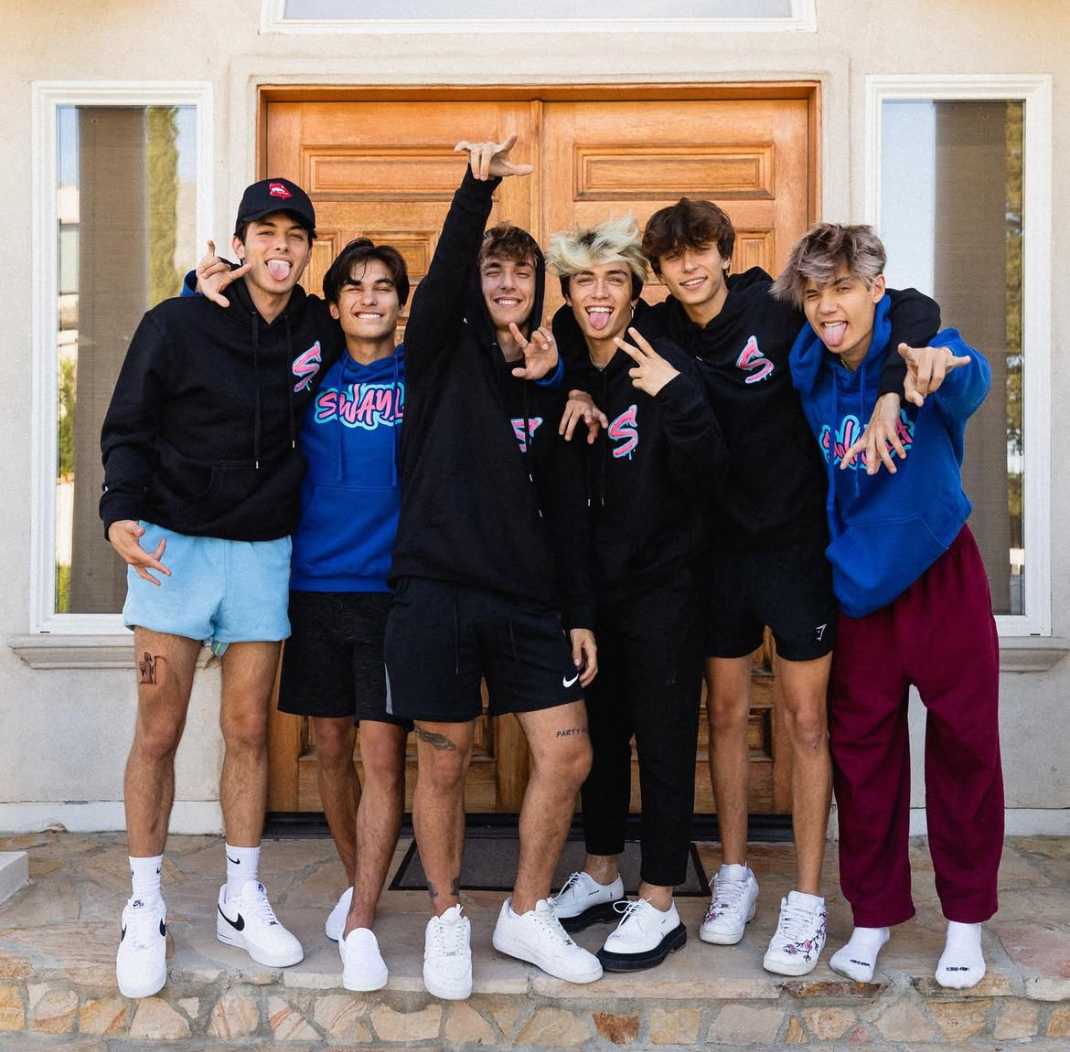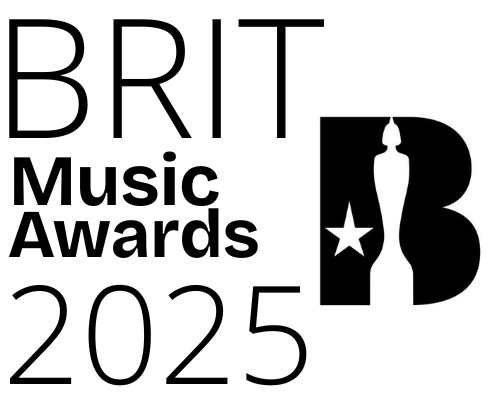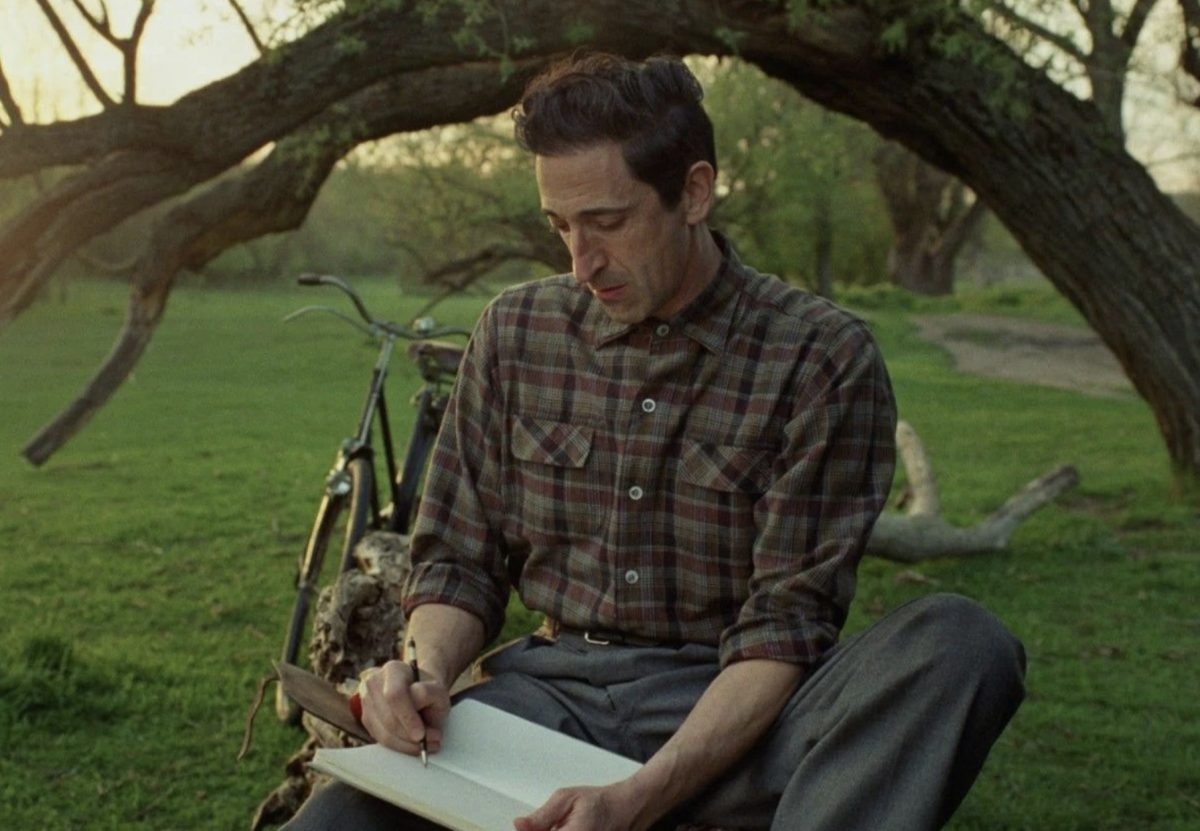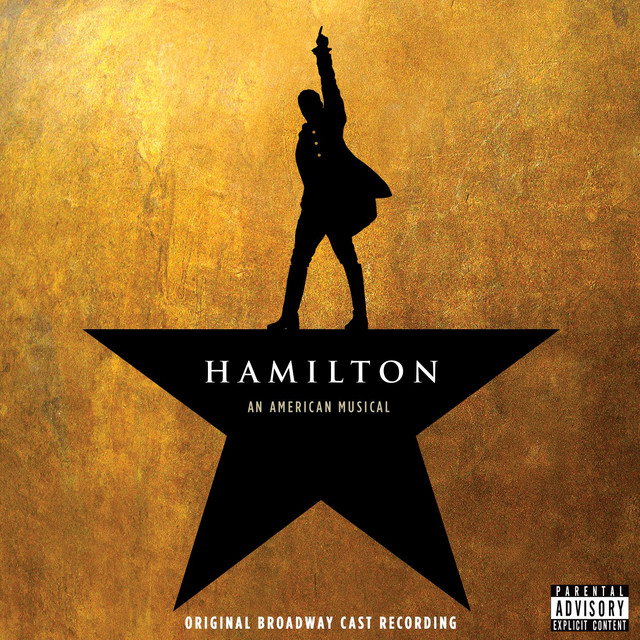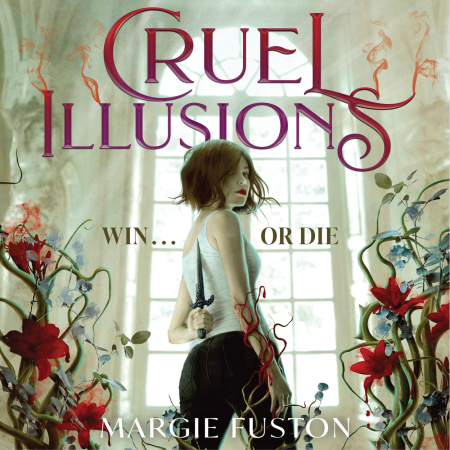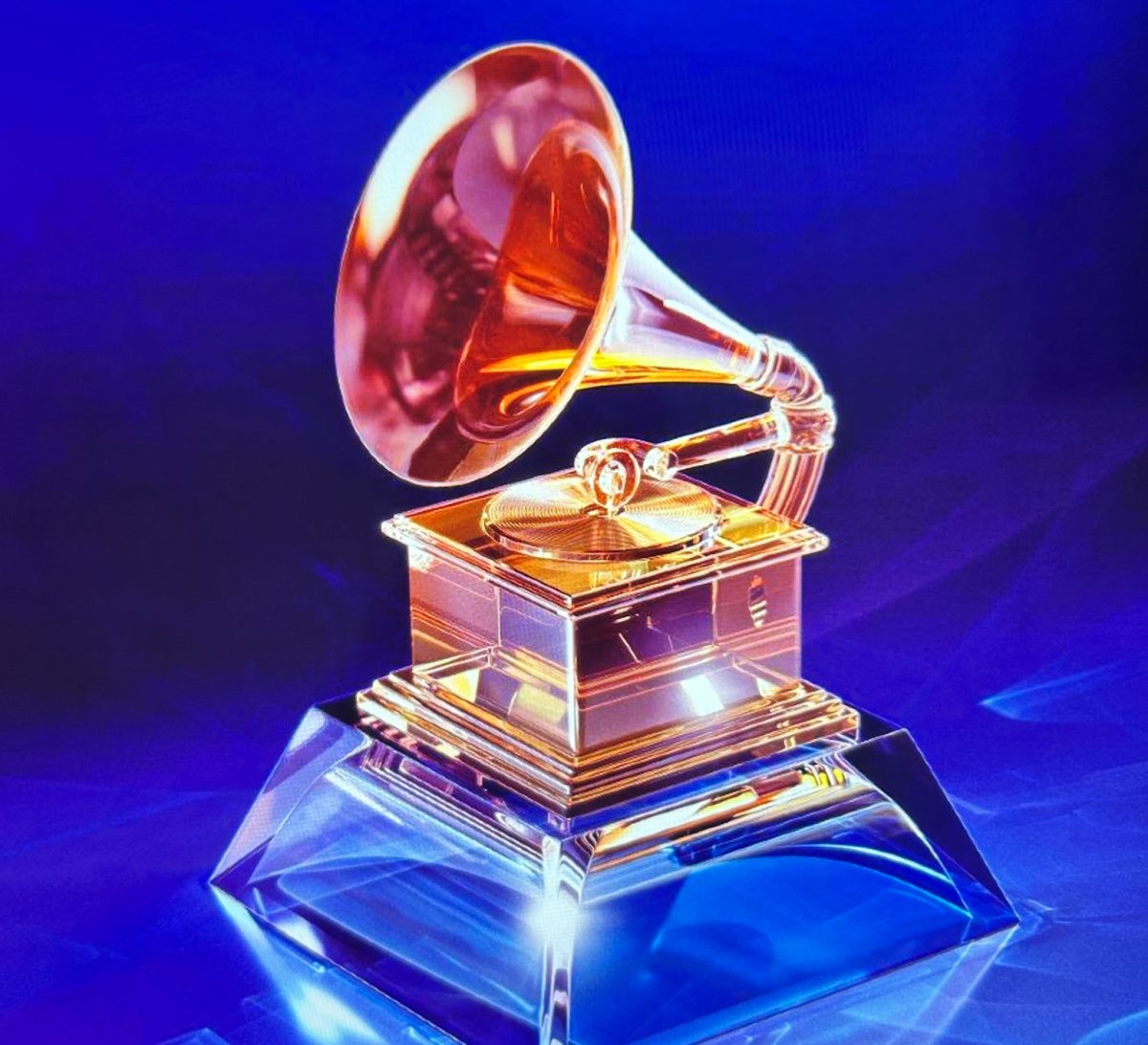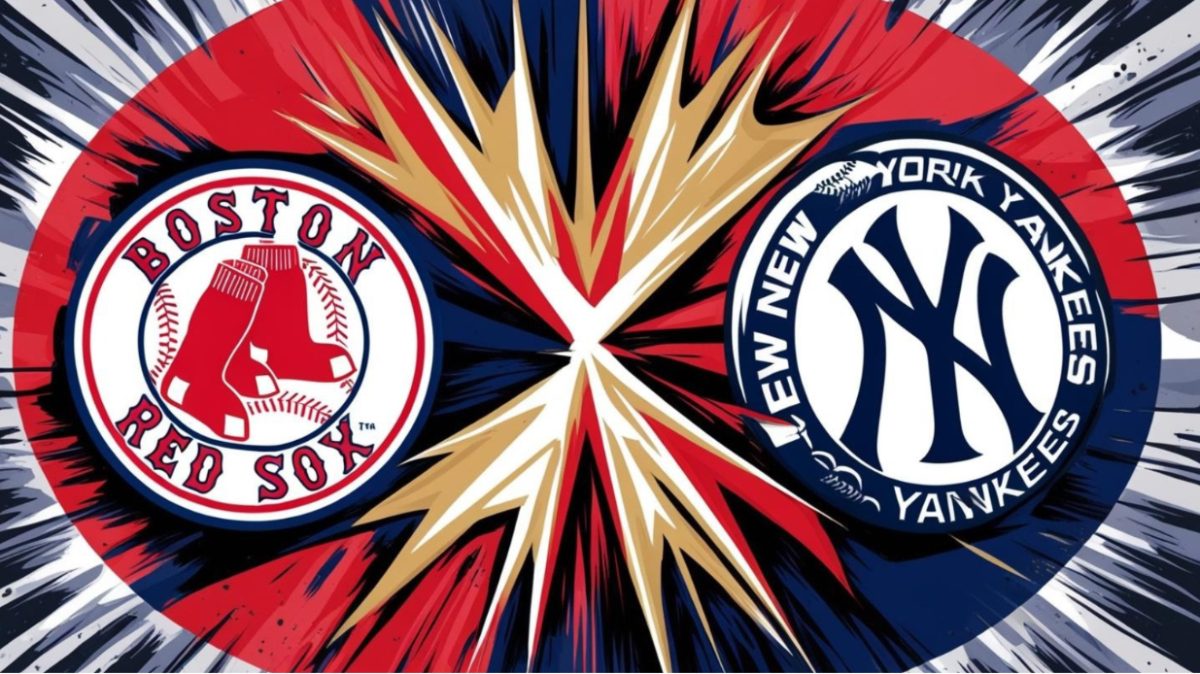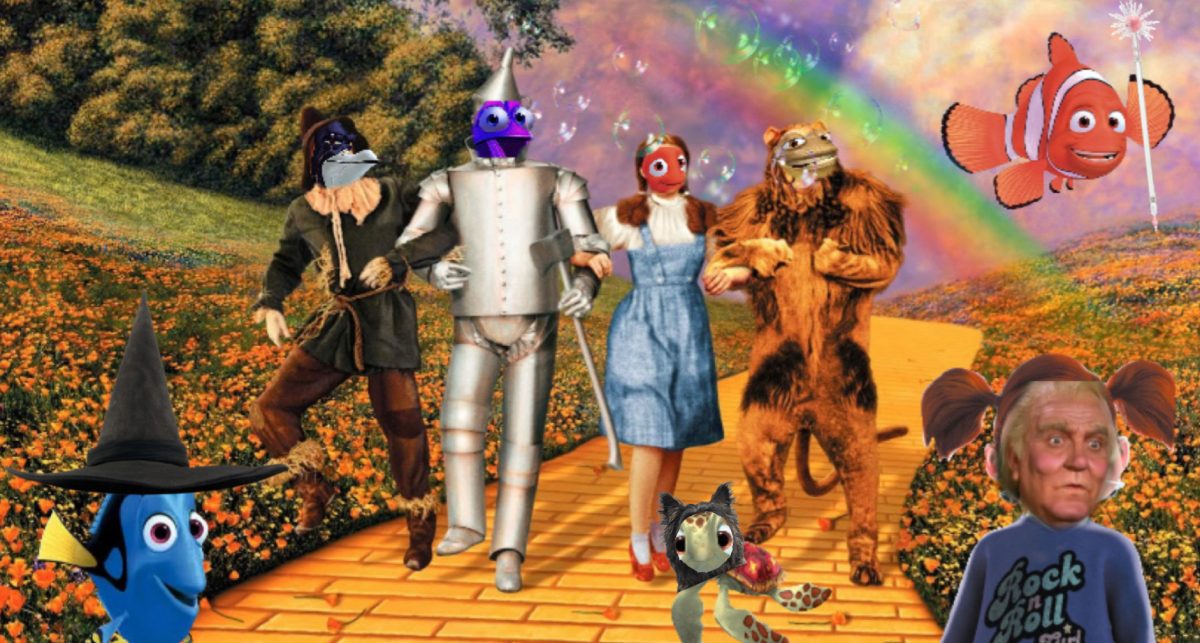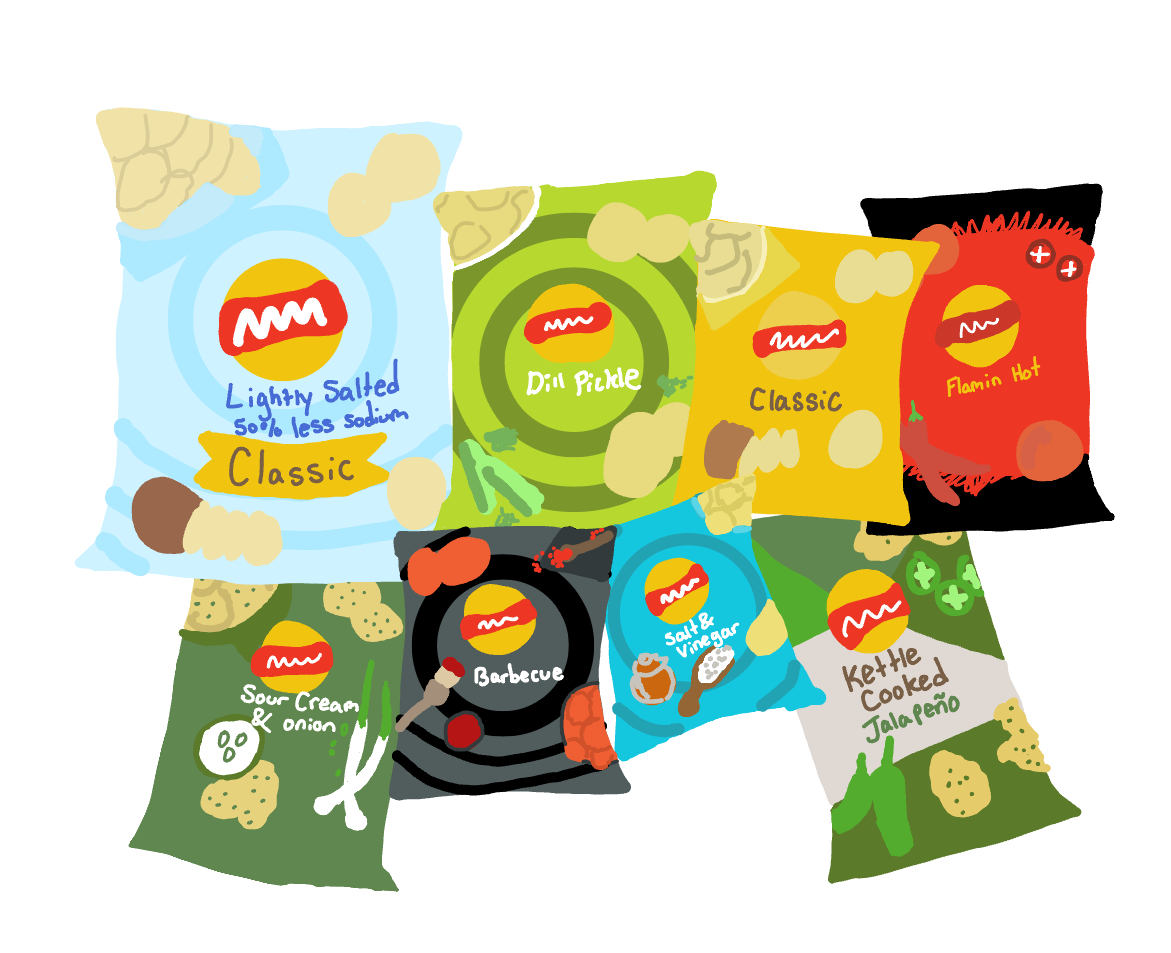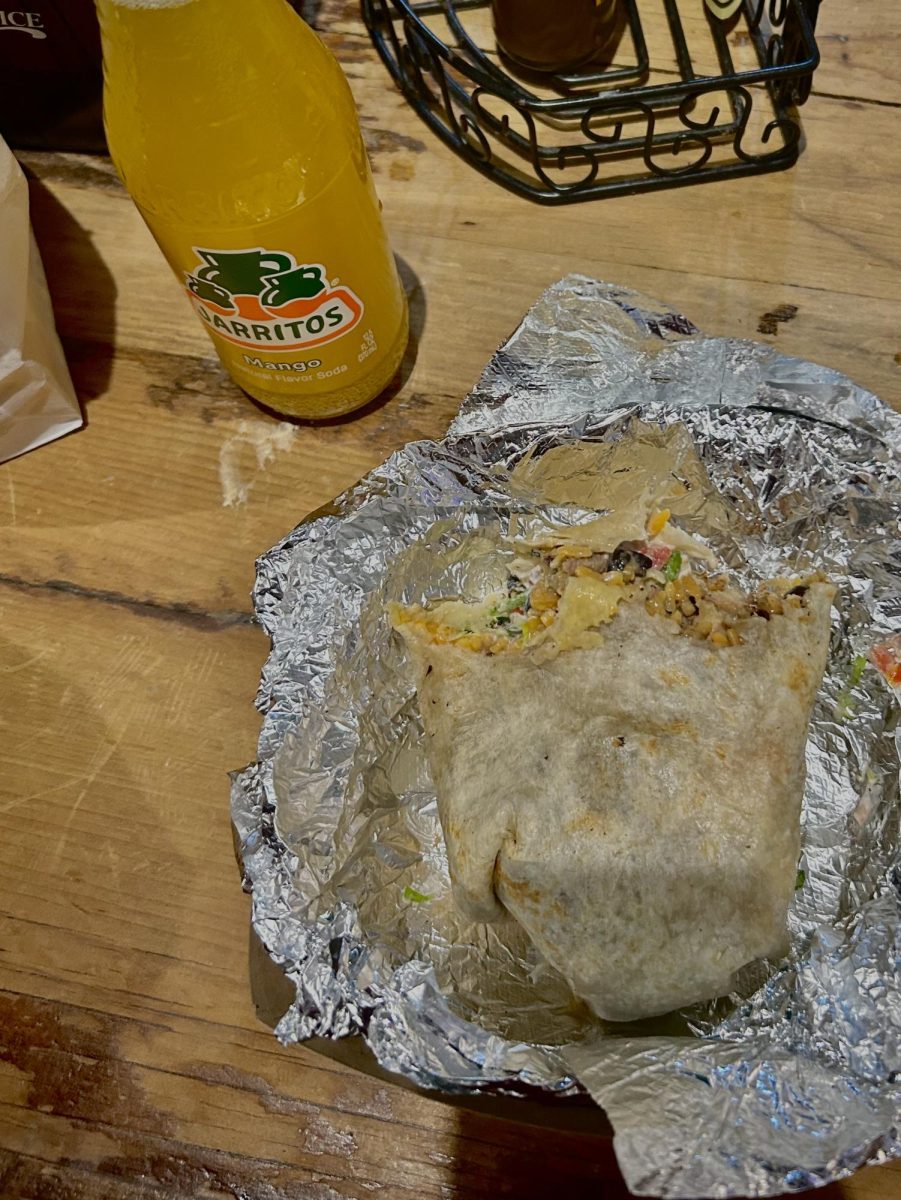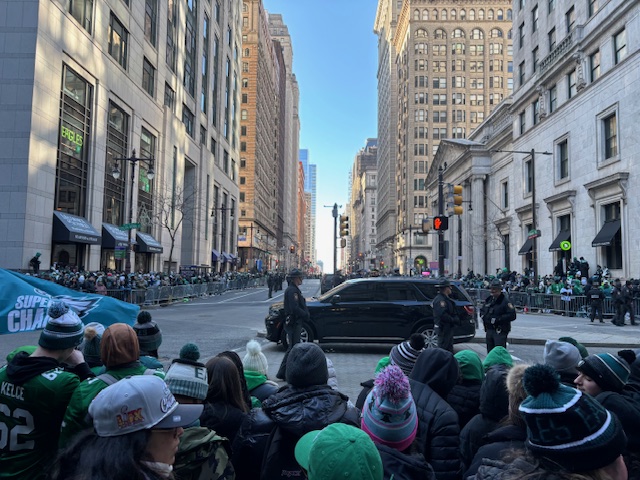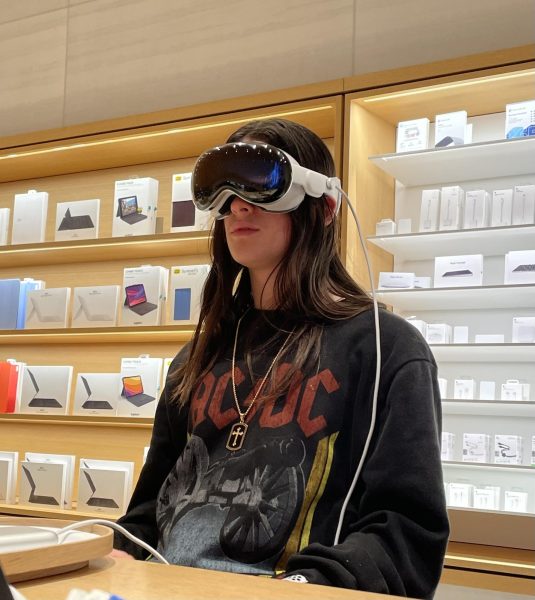There are so many ways music has evolved throughout its history. If you look at music only 20 years ago, it’s completely different to what type of music is popular now. I’ll be taking you through every decade from the 1960s to the late 2000s to see how much music evolved in every decade to show how only 50 years forever affected music as we know it.
The 1960s
Coming out of artists such as Chuck Berry and Elvis Presley, the brand new Rock n Roll genre was starting to become more and more popular with people around the world. Many fans were interested in hearing more of the newly popularized guitar riffs and drum beats. In 1962, a band from England released an album that introduced so many people to the semi rebellious rock genre which showed millions and millions of peoples how great rock music is. The band: The Beatles. Nowadays, their music may be good but not super impressive. But back then there was nothing to compare them to. They turned the swingin’ R&B sounding “Rock N Roll” and turned it simply into “Rock” with more instrumentals, heavier sounding riffs, and a rebellious attitude that every teenager wanted to replicate. They also inspired numerous new bands from England to come to the states and spread the sound to every ear, bands like The Rolling Stones, The Who, and Yardbirds to name a few, made influential music similar to the Beatles that topped the charts every year.
Late 60s
Music stayed pretty consistent through the mid 60s, but things slowly started to change after. The war budding in Vietnam was concerning a lot of people, and many were taking substances as a way of coping and protesting against it. This affected music too, as bands such as the Beatles were making weird, trippy music that was, in a word, nonsensical. Lyrics were silly and weird, some about flying on walruses in yellow submarines. As humorous as it was, it was what the people wanted. It was so popular that psychedelic rock began to take over the late 60s with bands such as The Doors, Grateful Dead, and The Jimi Hendrix Experience. This would help shape more of the music coming up, but music had perhaps some of its biggest evolution stages in the up and coming 70s.
The Early 1970s
As the 60s began to close, tensions rising in Vietnam both worried and angered some people and musicians, who started taking it out on their music. One rising English band known as Black Sabbath was by far the most prominent, talking about topics such as fear, nuclear war, detest towards the government, and substance abuse in soldiers. They took a pretty dark approach when telling the world of these problems, something that no one in rock had ever heard. And people went ballistic for it. It may have had an overall negative sound, but it was fast, its instruments played loud and complicated parts, and it was great to band your head to. Little did they know, they had just invented the newest subgenre of rock known as heavy metal. After hearing it, bands like Judas Priest, Motörhead, Deep Purple, and Alice Cooper began changing their image around this new sound. Lyrics began getting darker, the music was deafening, and the images of demons and monsters invoked fear in its audience. Parents hated it, which made their kids love it. However, that wasn’t the only prominent genre of the decade. Some bands combined heavy metal and the early 60s influences to create hard rock. It wasn’t quite as heavy as metal, but it wasn’t as bright and cheery as the early Beatles. It was catchy, a little flamboyant, and very, very popular as well. Bands like Aerosmith, Kiss, and perhaps the most famous, Led Zeppelin, helped popularize this style. It wasn’t just a music genre, it was also a fashion trend full of different styles and gimmicks. Aerosmith wore scarves and bandanas, and had their hair teased up. Zeppelin wore open shirts, and danced wildly around stage while using exotic and different instruments in their early work. And Kiss adopted different personas, wore different and unique costumes, and put on makeup and face paint to help differentiate themselves. They also had smoke come out of their guitars. They spat fire and attacked bottle rockets to their instruments and fired them off on stage. This helped them become a mainstream band and also evolved concerts to more than just a band playing.
Late 70s
There were now fireworks, flashing lights, flamethrowers, and more. It wasn’t just a concert, it was an event, a party. More and more people went to go see them, and bands like Van Halen and Def Leppard helped carry over the sound into the 80s, more in that in a bit. There was the rebellious punk rock where bands like The Ramones, Misfits, and the Sex Pistols would sing about the government or economic relations in a negative way. While not as popular as some of the other genres during this time, it would be a huge influence later on. There were also other bands taking inspiration from Led Zeppelin’s early music, getting more experimental with new instruments and sounds on each album. This became known as “Progressive (or Prog) Rock”, popularized by bands like Rush, King Crimson, Pink Floyd, and Queen. These bands used things like synth exotic instruments, and different time signatures. Towards the end of the 70s, many of these music trends started to die down and mainly replaced with hard rock. There were some bands like Van Halen and Quiet Riot who kept the trend of 70s style and music and carried it over to the 80s, but bands who initially had different sounds like Queen began to adapt to a more radio, pop friendly sound. However, there would be a music explosion in the 80s, which was by far the biggest and most diverse decade for music.
The Early 1980s
The 80s was a pretty big deal when it came to music. For starters, heavy metal entered a bit of a renaissance. Its popularity declined as the 70s ended, but bands like Iron Maiden, Megadeth, Exodus, and the most prominent and popular of them all, Metallica, brought it back heavier, louder, and most of all, faster than ever. Metal began to become more popular than ever with constant hits. Another new rock genre completely dominated the 80s: hair metal. Taking inspiration from bands like Aerosmith and Kiss, hair metal saw guys be more androgynous wearing short shirts, platformers, and moving wildly on stage. This new trend became extremely popular. It was very similar to hard rock in sound, but also included outrageous styles. Many bands found success with this new image, bands like Poison, Ratt, Warrant, Hanoi Rocks, Cinderella, Guns and Roses, and the band that’s credited for initially leading the charge, Motley Crue. The Crue dominated the Los Angeles rock scene and spread hair metal all throughout the LA area where it began to gain popularity across the globe. The opportunity also allowed many people previously in bands to leave and pursue solo careers in this new genre, people such as David Lee Roth (Van Halen), Ozzy Osbourne (Black Sabbath) or Mark Slaughter (Vinnie Vincent Invasion) with some having better careers than in their previous bands. While hair metal took the 80s by storm, it wasn’t the only other popular genre. New Wave pop was also a driving force in music, with people such as The Police, Billy Idol, and Michael Jackson approaching a lighter pop sound for those looking for something less heavy. It had elements of prog rock but also had new instruments, incorporating things like synthesizers and drum loops into it.
Late 80s
Some other bands like Van Halen changed their sound and began experimenting with synthesizers, making hit songs like “Jump” and “Dreams” that quickly reached #1. During the late 80s music was still rapidly evolving. Music began to take a much darker tone. Metal started getting heavier and discussing more melancholy topics. New Wave began to die out and was replaced by the new southern LA hip hop scene. Artists like Ice Cube, Dr. Dre, and Eazy E were growing in popularity rapping about gang violence and their hard lives growing up in Compton. Hip Hop began to explode, being considered a new tough music. And while hair metal was still a pretty popular rock genre, it too began showing signs of decline. And as the 90s began to start, so did a new era of music that can be considered a pretty good decade of music by some, or some of the worst types of music to ever come out by a lot more.
The 1990s
As the 80s began to end and the 90s started, people’s music taste began to shift. No longer were people head banging to songs about partying and the wild rock and roll lifestyle. Now, songs became sadder, more emotion full. It seemed like each rock subgenre during this time represented a different emotion. For those who wanted songs about depression, sadness, or something more raw, there was grunge. Grunge music is considered to be what killed off the 80s rock scene. Grunge music was loud, the music was distorted, and the lyrics represented things like dealing with heartbreak, substances, and depression. This genre exploded in the early 90s with many people listening to bands like Soundgarden, Alice In Chains, Pearl Jam, and Nirvana dealt with this type of music about heartbreak and addiction. Some bands like Motley Crue and Kiss tried to switch over to popular grunge music, with very little success. Many also adapted to the grunge style of clothes, which were extremely simple. Baggy ripped jeans, flannel, and a simple T-shirt were considered grunge style. Now for those who wanted songs about anger, being insane, or toughness, there was Nu Metal. While similar to the 80s thrash metal scene, Nu Metal saw heavy metal at its darkest point with bands like Slipknot, Limp Bizkit, and Linkin Park. These bands combined metal and a little bit of rap while also taking their anger out in their songs about substance abuse, the country, and anarchy. It’s more rebellious tone and combination of many music genres made it super popular among the younger
audience at the time. Another genre popular with both youth and adult audiences was the extremely popular hip hop. Rappers like Tupac, Biggie, MF Doom, and Snoop Dogg were making hit after hit, rapping about hardships growing up poor, self love, and gang violence. It quickly became one of the most popular genres of the 90s. Now even though it wasn’t on top like it once was, hard rock was still pretty popular. Many 80s bands like Metallica and Slayer began experimenting with a more radio rock sound which led them to be branded as “sellouts” and lost a lot of their core audience. Because of this, the hard rock scene was primarily being dominated by Guns N’ Roses who, while making softer songs than usual like “November Rain”which brought in new fans, still kept their hard image which helped keep their current fan base. It’s safe to say that without them hard rock could possibly have faded in obscurity.
Late 90s
Towards the end of the 90s, hip hop was still high in popularity, but grunge kind of started to fade out and was replaced by the post grunge alternative genre. This music saw hopeless romantics talk about simple things like love and just living life. Bands like Radiohead, Weezer, Foo Fighters, and the Red Hot Chili Peppers were combining things like funk and rock in order to create unique sounds with simple lyrics. Punk Rock also began a comeback with bands like Green Day, Primus, and Rage Against the Machine growing in popularity similar to the 70s punk era. And as the 90s began to close, it made people look back on the century. Music had evolved so much in just 40 years with so many influences that would change many people’s lives, including mine, forever and for the better. Music has come a long way since the Beatles and the Stones, but no matter what decade we are in, there will always be fans of any genre whether they discovered it in their parents garage or experienced it firsthand. And it’s safe to say that while some might not be as popular anymore, there’s no music genre that will ever truly die. And that’s the true beauty of music. It’s one of the few things that will always last forever.

